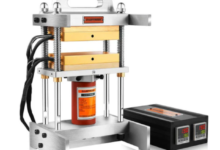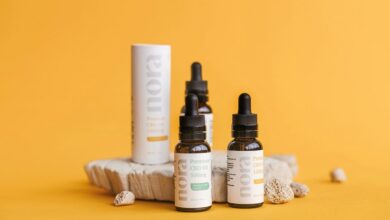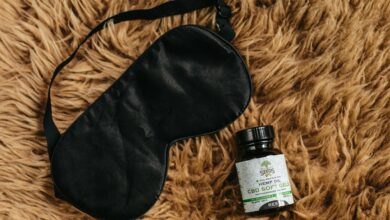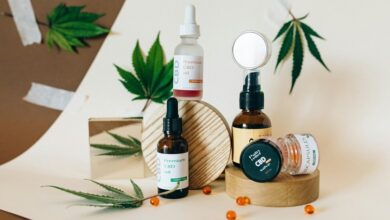Does Cbd Show up as Thc on a Drug Test
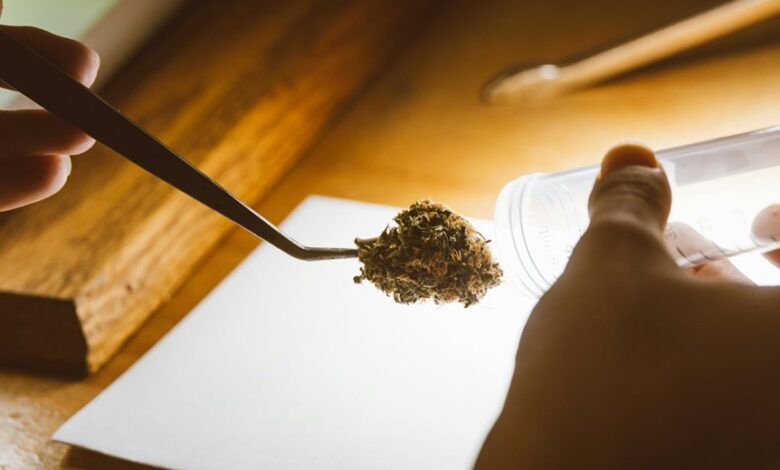
The relationship between CBD and THC in drug testing is complex. CBD is not typically detected as THC in standard drug tests. However, certain CBD products may contain trace amounts of THC. This can lead to unexpected positive results, especially with frequent or high-dose use. Understanding the nuances of product selection and testing methods is crucial. What factors should consumers consider to avoid this risk?
Understanding CBD and THC: The Basics
Cannabidiol (CBD) and tetrahydrocannabinol (THC) are two primary compounds found in the cannabis plant, each possessing distinct properties and effects.
The cannabinoid differences between them are significant; THC is psychoactive, while CBD is not.
Legal considerations vary, with THC often restricted, whereas CBD enjoys broader legality in many regions.
Understanding these distinctions is crucial for informed choices regarding cannabis use.
How Drug Tests Detect THC
Various drug tests are designed to detect the presence of THC in an individual's system, primarily through the analysis of urine, blood, or saliva samples.
Common drug testing methods focus on identifying THC metabolites, which are the byproducts produced after THC is metabolized. These metabolites can remain in the body for days or weeks, depending on usage and individual factors.
The Risk of Testing Positive When Using CBD
While CBD is often marketed as a non-psychoactive alternative to THC, users should be aware of the potential risks associated with testing positive for THC when consuming CBD products.
Factors such as CBD dosage, the presence of trace THC in products, and individual metabolism can influence drug testing outcomes.
Therefore, those subject to drug testing should exercise caution when choosing CBD products.
Choosing CBD Products Wisely: What to Look For
How can consumers ensure they are selecting high-quality CBD products?
They should prioritize transparent CBD sourcing practices and thorough product labeling.
Look for third-party lab tests that verify cannabinoid content and purity.
Additionally, consumers should choose brands that provide detailed information on cultivation methods and extraction processes.
Conclusion
In the delicate dance between wellness and scrutiny, CBD often stands apart from THC, yet shadowy traces can blur the lines. As consumers navigate the vibrant marketplace of CBD products, the contrast between purity and contamination becomes paramount. A well-chosen product shines like a beacon of clarity, while a misstep could lead to unwanted consequences. Ultimately, informed choices illuminate the path, ensuring that the benefits of CBD remain untarnished by the specter of a positive drug test.

